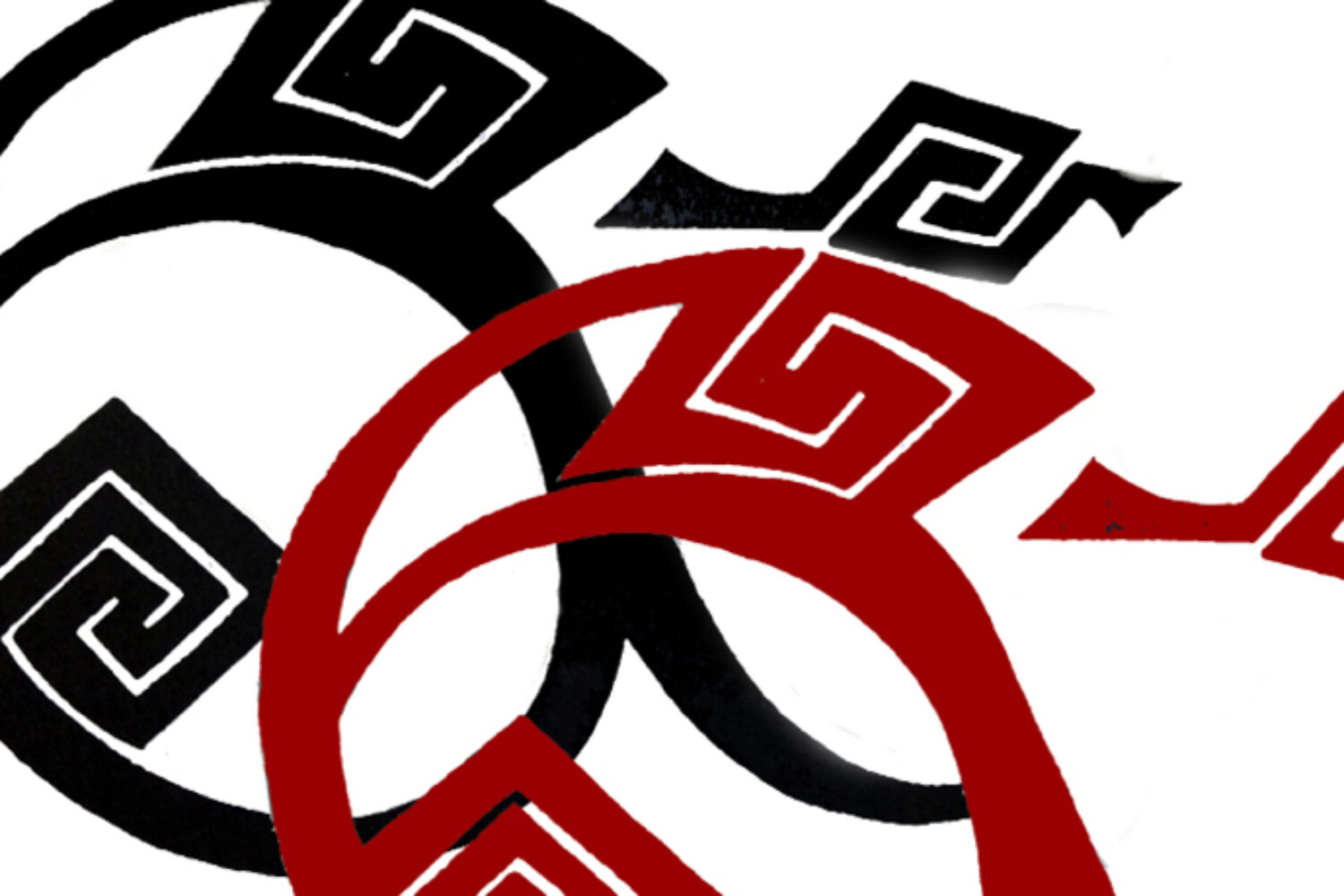Is it time to put Ireland back at the centre of European design?
‘La Tène Culture lifts the Celts from being just another of the myriad European peoples. (It) establishes the Celts as a real ‘civilization’ and …bequeathed some of antiquity’s most gorgeous pieces of decorative art. Wildlife themes pushed into the realms of the abstract and fantastic. A tendril of a plant teased into itself, then spun upwards until it became pattern, a whorl, a whole inner world, leaping, coiling, dancing.’
Frank Delaney, The Celts
What we call Celtic design, the earliest form of Irish design, originates from Central Europe as did much later design movements such as the Bauhaus, the Swiss International Style and fonts such as Helvetica and Akzidenz.
The influence of Celtic La Tène culture dating from 450 BCE onwards is clear in The Book Of Kells, perhaps one of the great Irish works of graphic design, and one of the great European design projects of all time. At the time of the development of the monasteries, Ireland was a major philosophical and design influence on Western Europe and was rightly celebrated throughout the known world.
In the middle ages Ireland lost most of its former influence as it became subsumed in the English-speaking world where design was held in much less regard and there was less reverence for tradition, history and creative invention.
Glimpses of Irish creative brilliance resurfaced intermittently, in the Táin Bó Cúailnge and the writings of James Joyce that have inspired many artists and designers. Think of the transcendent brush drawings for the Thomas Kinsella translation of The Tain by Louis le Brocquy.
In the twenty-first century Ireland is becoming celebrated again and internationally respected for its technology and contributions in the areas of Big Data and web innovation. But is Celtic/Irish design ready to play a part in communicating and expressing new technological innovations? Will the book of Big Data be the new Book Of Kells?
Irish typography doesn’t need to be uncials to be authentic. Irish design is open to all types of typographic influences and is as inventive as a Neville Brody font, or as playful and thought-provoking as a Sagmeister witticism. Ampersands are a favourite of Celtic script – they take up a whole section in Aidan Meehan’s Celtic Design – Illuminated Letters, and still have a part to play in any approach to design that’s typographically inventive.
The swirls and knotwork of Celtic design are the interconnected data of twenty-first century communication.
In the area of colour there’s more to Ireland than green. Gold is prominent in the Book Of Kells and the reds and oranges of the multiplicity of Irish traditions bring a vibrant majesty to all types of design solutions. If Ireland is open to internal and external influences of all kinds then Irish design should have an openness to colours too.
The great advantage Irish design has in the twenty-first century is the ability to embrace all types and styles of imagery thanks to technical innovations. Users are open to the thrill and excitement of secular imagery. With the X-rated Game Of Thrones series being made in Northern Ireland there’s little need for outmoded monastic influences or rigorous self-censorship by local designers.
So we can say Irish design has always been at the centre of Europe as that’s where it originally come from. The knotted intricacy of Celtic design has echoes in contemporary Irish design and thinking. There’s a Celtic self-reflection about James Joyce’s Ulysses and the cubism of Joyce’s approach has the same origins as that of Braque and Picasso.
Ireland aspires to be at the bleeding edge of technology. Ireland is big in Big Data and disruptive web solutions. Dropbox, Twitter and many other innovative companies call Ireland their European home.
Irish design is perfectly placed to be part of a technological resurgence and design itself is changing and evolving with the technology. If you haven’t been there lately Dublin, for example, is in some ways more open to other cultures and influences than London.
The swirls and knotwork of Celtic design are the interconnected data of twenty-first century communication. Irish design has the opportunity to be reignited for the internet era. A knotwork of connectedness and a network of Celtic form and expression.



